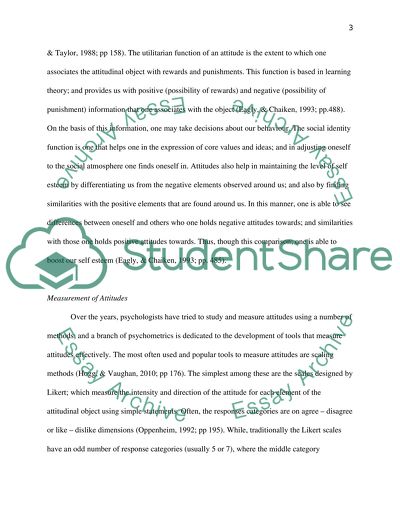Cite this document
(“Attitudes. Attitude Formation and Change Essay Example | Topics and Well Written Essays - 2250 words”, n.d.)
Attitudes. Attitude Formation and Change Essay Example | Topics and Well Written Essays - 2250 words. Retrieved from https://studentshare.org/psychology/1433617-what-are-attitudes-discuss-psychologists-attempts
Attitudes. Attitude Formation and Change Essay Example | Topics and Well Written Essays - 2250 words. Retrieved from https://studentshare.org/psychology/1433617-what-are-attitudes-discuss-psychologists-attempts
(Attitudes. Attitude Formation and Change Essay Example | Topics and Well Written Essays - 2250 Words)
Attitudes. Attitude Formation and Change Essay Example | Topics and Well Written Essays - 2250 Words. https://studentshare.org/psychology/1433617-what-are-attitudes-discuss-psychologists-attempts.
Attitudes. Attitude Formation and Change Essay Example | Topics and Well Written Essays - 2250 Words. https://studentshare.org/psychology/1433617-what-are-attitudes-discuss-psychologists-attempts.
“Attitudes. Attitude Formation and Change Essay Example | Topics and Well Written Essays - 2250 Words”, n.d. https://studentshare.org/psychology/1433617-what-are-attitudes-discuss-psychologists-attempts.


